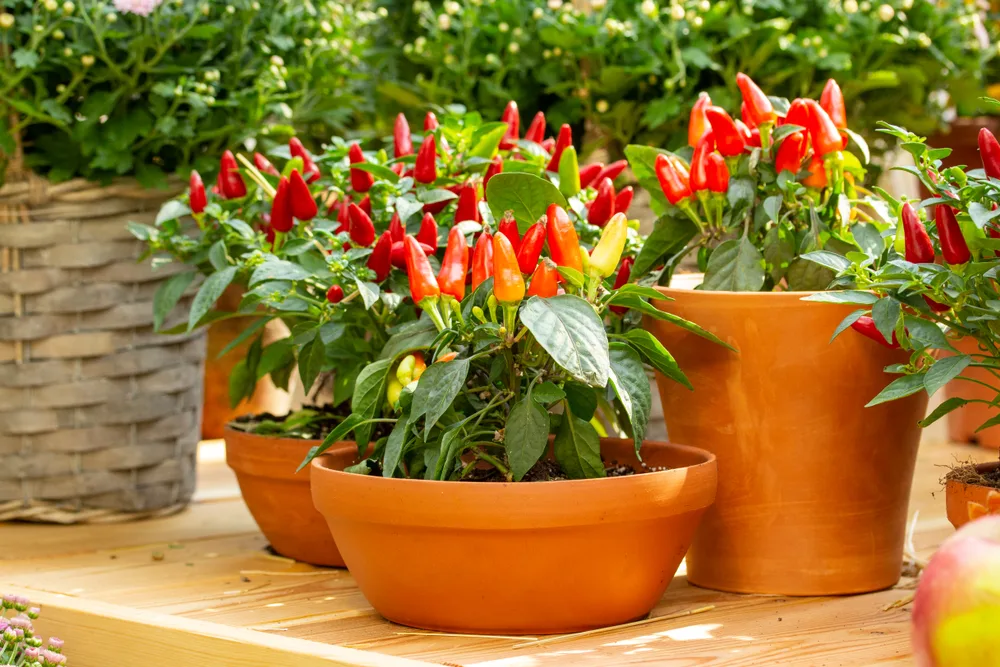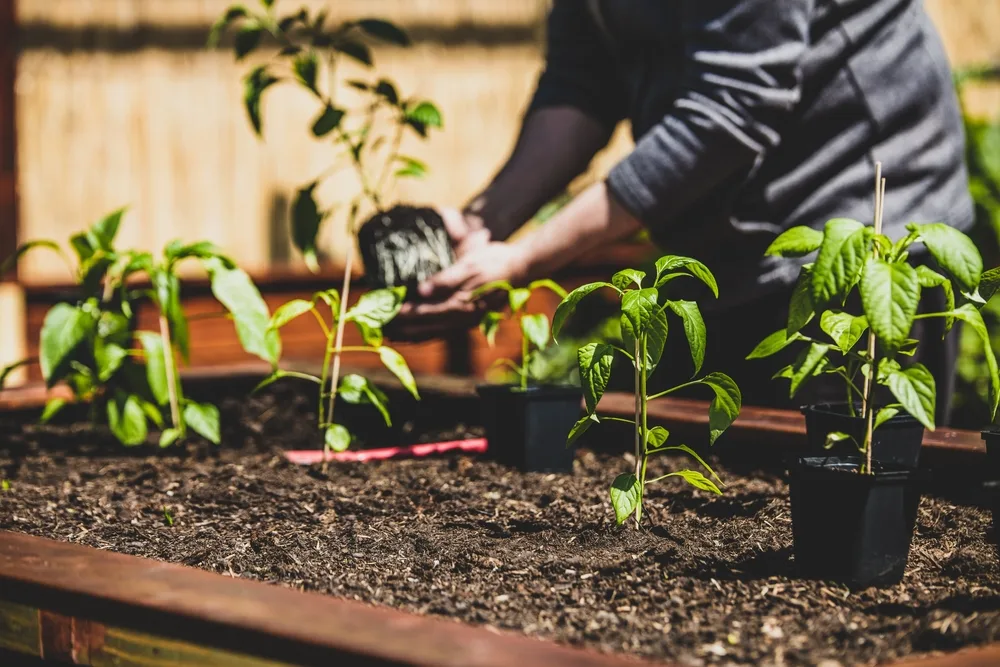Growing your own pepper plants from seeds can be very rewarding.
Starting your plants off healthy gives them a great chance for a long and productive season.
Although you might want to fertilize your peppers immediately, waiting a little is better.
For most seed-starting mixes, you should start fertilizing your pepper seedlings only after the first set of true leaves has appeared.

There are five types of domesticated peppers, all part of the Capsicum genus.
Most peppers you buy or grow, like bell peppers, jalapenos, and poblanos, belong to the Capsicum annuum species.
Extremely hot peppers, such as habaneros and the notorious Carolina reaper, are part of the Capsicum chinense species.
Peppers need warm temperatures and a long growing season, so most people start seeds indoors rather than planting them directly outside.
No matter what type of peppers you’re growing, place your seed trays in a warm area or use a heat mat, and provide light as soon as the seeds sprout.
Pepper seedlings thrive in a moist but not waterlogged growing medium and benefit from a nearby fan to improve air circulation and strengthen their stems.
When to fertilize your pepper seedlings

Some seed-starting mixes come with fertilizer, but many only have a medium like peat or coco coir without extra nutrients.
Even those with added nutrients usually don’t have much, as too much fertilizer can promote the fungus that causes damping off, a disease fatal to seedlings.
The main goal of a seed-starting soil mix is to provide a loose and airy medium so seedlings’ roots can grow and spread easily. Check the label on your seed-starting mix to avoid over-fertilizing your peppers.
Pepper seeds contain all the nutrients they need to start growing. These nutrients sustain the plant until the seed leaves, or cotyledons, develop and start photosynthesizing.
Because young pepper seedlings get nutrients from the seed, there’s no need to fertilize immediately. Begin fertilizing only when the first true leaves appear, about a week after the seed leaves appear.
How to fertilize pepper seedlings
Many fertilizers are available, but a liquid fertilizer is generally best for young seedlings. You can use a conventional liquid fertilizer or an organic one like fish emulsion, though the fishy smell might not be ideal indoors.
Dilute the fertilizer to a quarter of the strength recommended on the bottle and apply it about once a week.
When all danger of frost has passed and nighttime temperatures are at least 50 degrees Fahrenheit, you can start preparing to transplant your pepper plants.
Make sure to harden off your plants to prevent transplant shock and water them well.
Don’t forget to perform a soil test on your pepper bed to avoid under or over-fertilizing during the growing season.
Pepper plants are medium feeders and need less fertilizer than many other vegetables. Generally, they benefit from fertilizing when transplanted and again after they set fruit.
